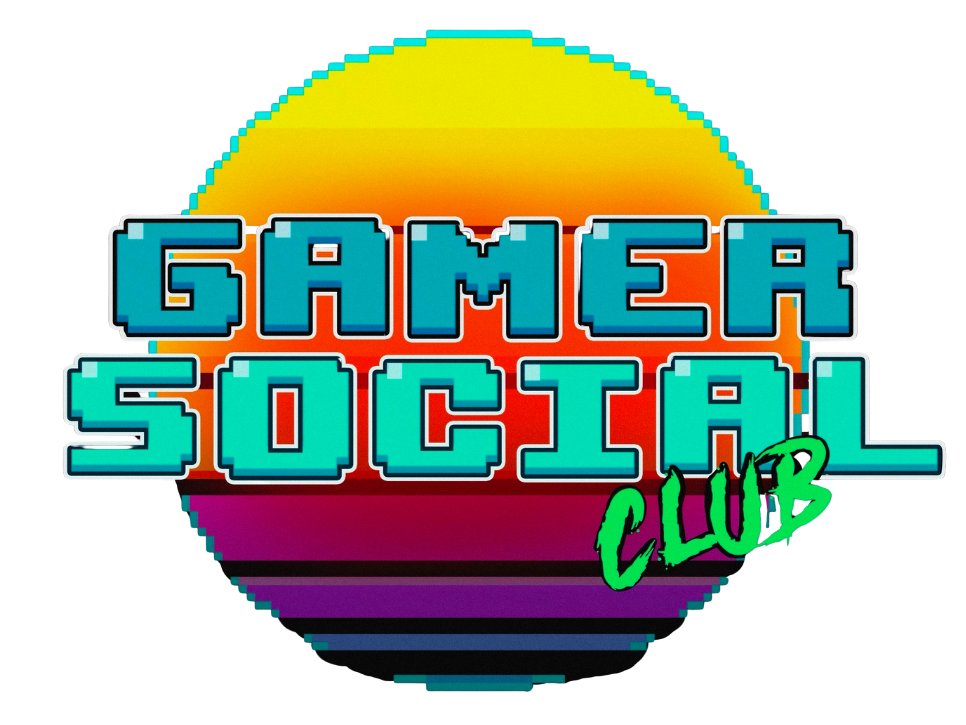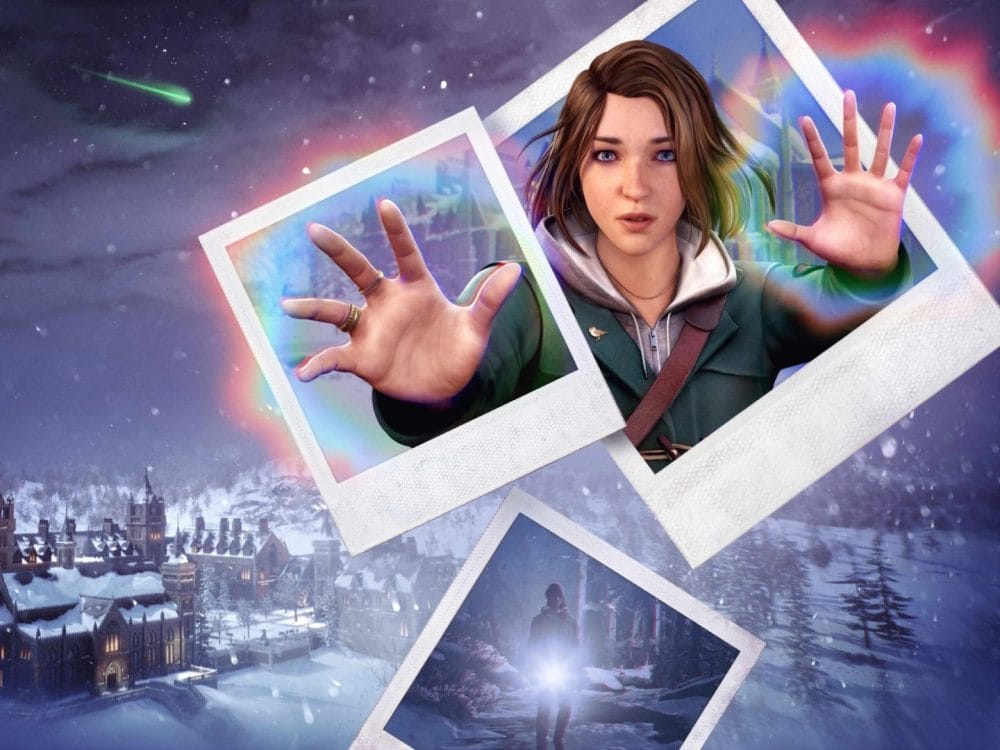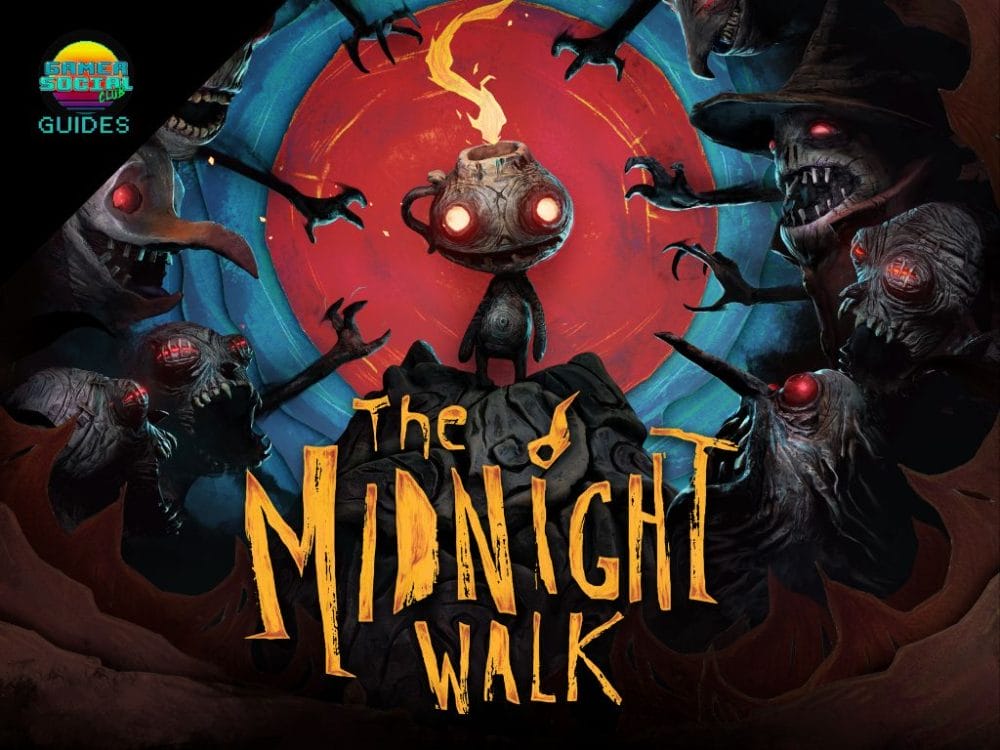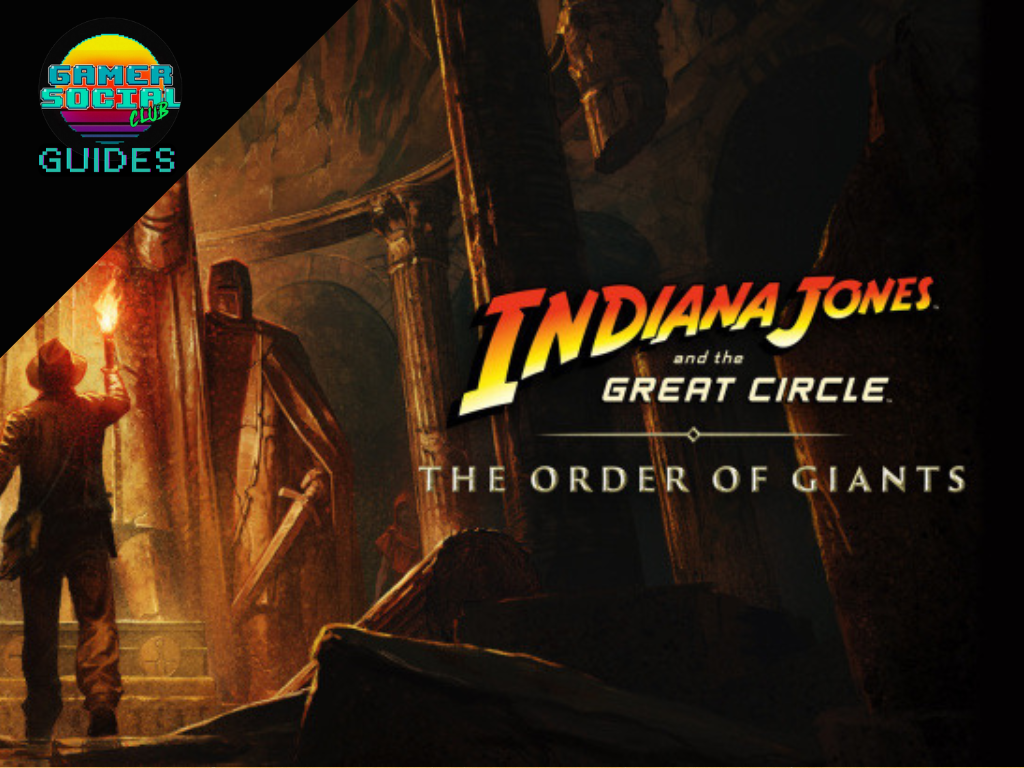When Life Is Strange came out back in 2015, the game blew a lot of people away with its strong storytelling. It is one of the games along with the Walking Dead and The Wolf Among Us that helped bring narrative focused adventures to the limelight of gaming. It also introduced Max Caulfield, a character who is often touted is one of the strongest written protagonists in gaming and whose final choice in the original game was quite a gut punch no matter what was chosen.
Two sequels later and Deck Nine, the studio who has since taken the reigns of the franchise fully from Don’t Nod, has decided to bring Max back. This decision immediately left a lot of gamers worried as they weren’t sure how the relationship between Max and her best friend or Girlfriend Chloe Price could be properly addressed.
I do think Deck Nine handled things as well as they could have. And while it may seem to tread familiar territory at times, Life Is Strange: Double Exposure is still a strong story overall and while it doesn’t have the impact of the original, it’s still a worthy sequel overall.
The game sees Max 10 years after the events of the first game. She’s managed to move on from the events of the first game and hasn’t used her powers of time manipulation since. She’s become a well known photographer and teacher at a college and has made a host of new friends as well. One day however, Max finds that her best friend Safi has been murdered under unknown circumstances and after trying to use her rewind powers to prevent this, she discovers she has the ability to jump between realities, and jumps to one where Safi isn’t dead. Max then sets out to protect Safi in the new reality while finding out what happened in the other.
Pros
As a franchise overall, Life Is Strange is known for having a great cast of characters and that is no different in Double Exposure. Max Caulfield is still a great protagonist. A lot of what made her character likeable in the first game is still very much here. She’s sarcastically funny, can be a bit oblivious and socially awkward, and cares deeply about those close to her but, she’s also more mature now and a bit bolder in the face of adversity than she was prior to. She’s wiser and can often find herself acting as a bit of a mentor to some of the other characters.
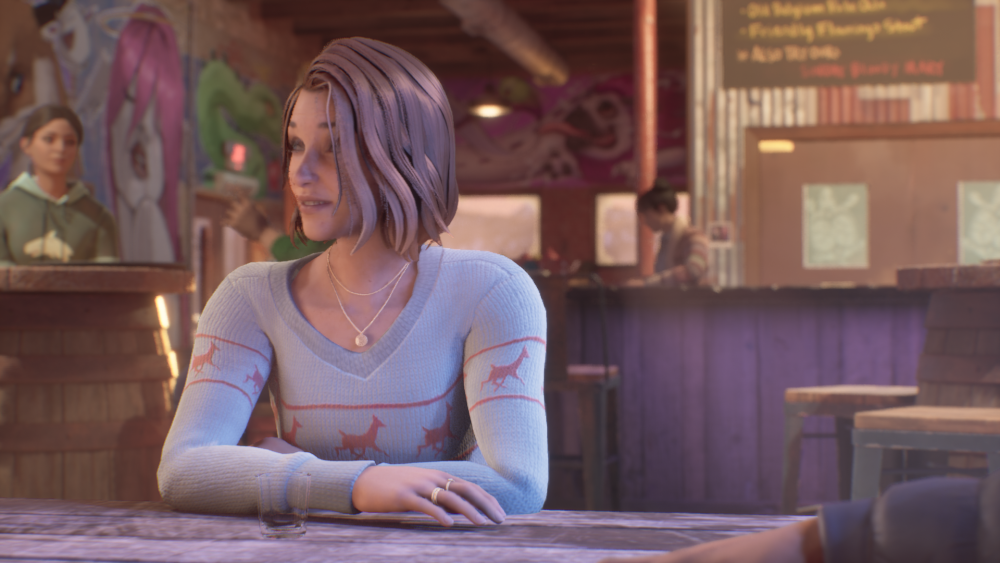
The events of the first game do very much still affect Max but, she doesn’t let them run her completely. Speaking of the first game, while it was never going to be possible to please everyone, I do think that Deck Nine did handle that game’s ending respectfully. However (and bit of a spoiler warning for those unfamiliar with the first game) I feel it was handled better if Chloe was sacrificed in order to save Arcadia Bay. It adds a layer to Max’s character as she’s still thinking about what happened to Chloe and it impacts to a greater degree when Safi meets her fate.
Speaking of Safi, she’s also a great character as well. At first, gamers may see some parallels between her and Chloe from the first game. However as things go on it’s clear Deck Nine didn’t just set out to make her Chloe 2.0. like Chloe she can come off as a bit brash and tries to get max out of her shell but, Safi also isn’t quite as sure of herself as Chloe and we come to find her vulnerabilities as the game goes on. Unlike Chloe, she also takes no romantic interest in Max at any point.
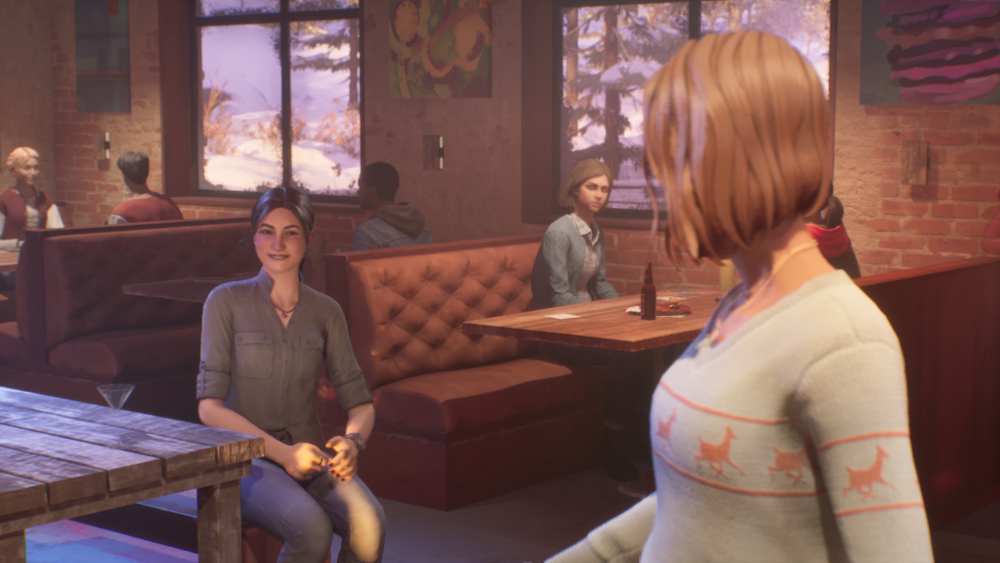
Other great characters include Moses, Max and Safi’s other close friend who is a science expert and Gwen, a transgender woman who is a much respected professor and can be a bit abrasive but never out of malice.
These characters round out a pretty great supporting cast overall and both have pretty impactful points to the story, particularly Moses.
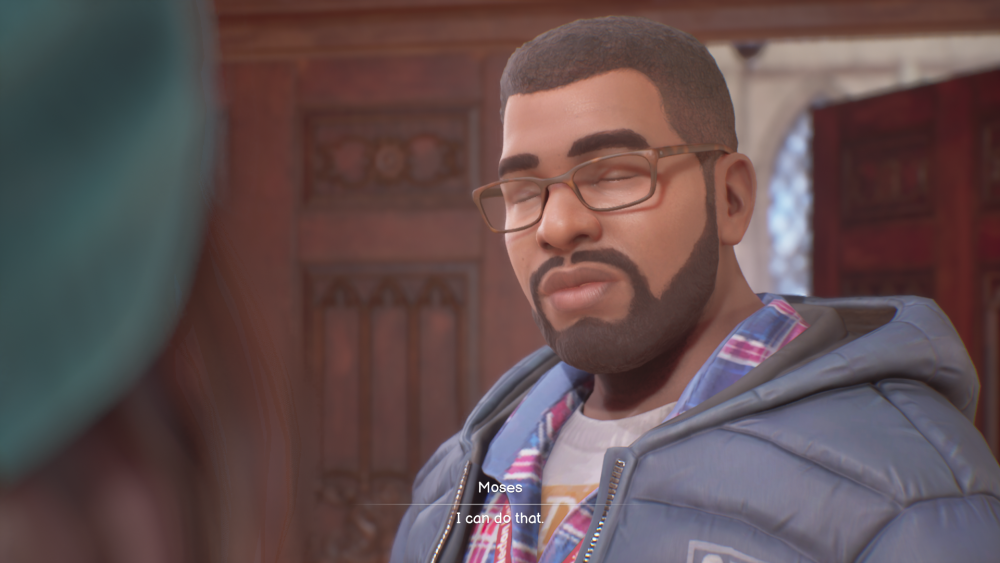
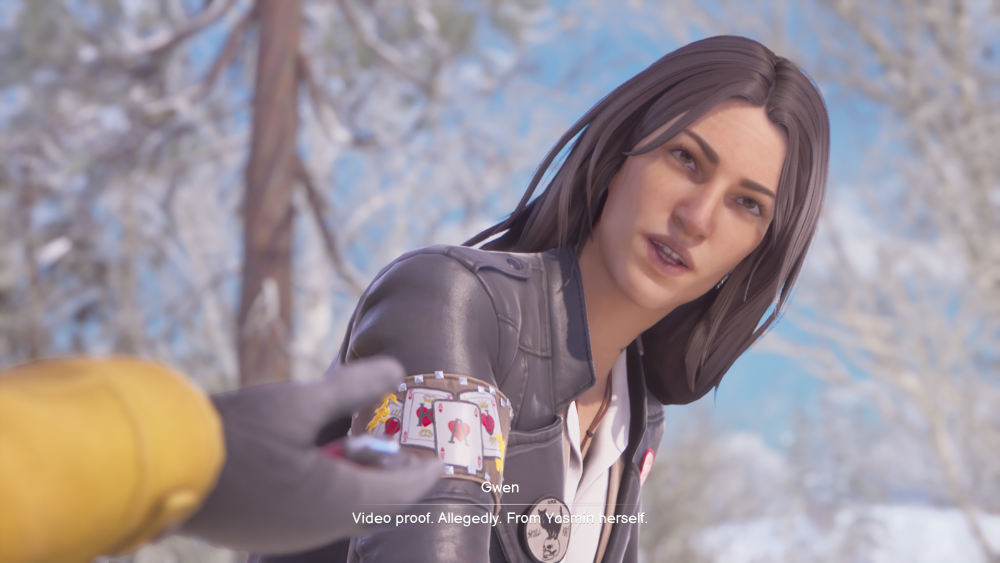
While the game has likeable characters, that wouldn’t matter if the game’s story didn’t flow along well enough to match them and thankfully it does. The story, just like every other entry in the franchise is filled with emotional and touching moments throughout. An overarching theme of regret is probably the biggest in double exposure. Not just in Max’s story but the stories of the other characters as well. Safi in a sense is somewhat like Rachel Amber in the first game and it’s spin off, Before The Storm in that she’s extremely well liked throughout the community. So her untimely passing opened up emotions in some ways some characters wouldn’t have expected. Sprinkled throughout are a few solid twists and turns as well.
Like the other games in the franchise, Double Exposure has an excellent selection of music as well. I’d always stop at the spots where Max can sit and reflect just to listen to the song that plays in its entirety. The music fits the mood of each scene quite well, whether they’re happier or sadder moments and many of the songs also reflect the overarching theme of regret as well.
Lastly, the gameplay around Max’s new powers does have a few interesting properties to it, mainly how the mood changes when you jump from one reality to another. Max can find various points where her powers manifest to rip open a portal and as you’d expect, things naturally seem happier in the reality where Safi is still alive and more somber where she’s passed, at least at first glance.
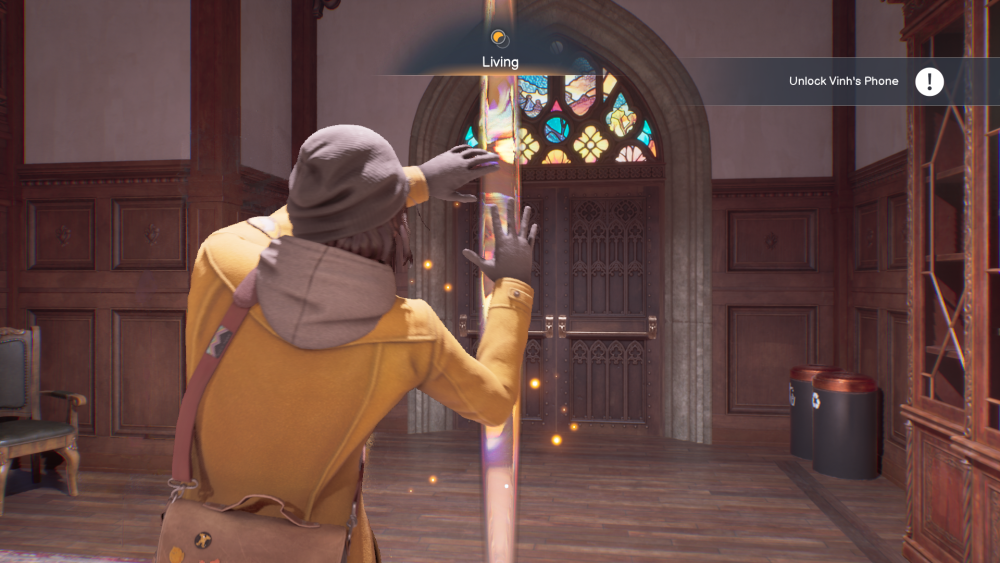
As you play however, the world where Safi is still alive isn’t all sunshine and rainbows as there’s still things going wrong that may have come to pass had she not died. And the reality where she has died while seemingly sad, is also very much in a state of healing.
On top of being able to make portals, Max can also create pulses and see what people are doing in the other reality as well as listen in on them. This is used in a lot of the games puzzles to solve.
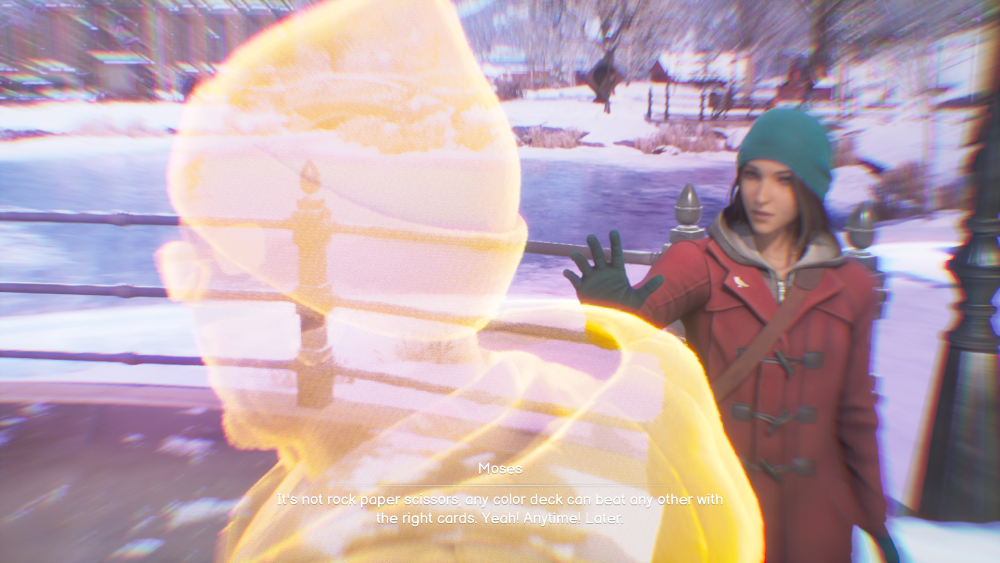
It was cool jumping back and seeing how each reality does change and Max’s new powers did create a few epic moments throughout the game, especially as you approach the final two chapters.
Cons
So there is one other aspect of Max’s powers that is actually the coolest but I feel Deck Nine underutilized. She can swap out things between both worlds, in quite a large scale at that. Yet this ability wasn’t really used in puzzles much and also only really came up in a couple quick time events. While it did create a couple of the best moments in the story, I felt Deck Nine greatly underutilized it.
Another problem I didn’t quite like is how the game handled the love interests in comparison to the other games. The game has two love interests, Amanda and Vinh but only one of them is really made to seem like a good choice for Max. Amanda is a great choice, she’s there for Max after Safi passed, tries her best to cheer her up and even if Max doesn’t want to pursue romance, she still remains a strong friend otherwise. She’s overall just a likeable character. Vinh on the other hand, when you first meet him they make him come off as both arrogant and unlikeable and while I don’t feel Vinh is a badly written character, as a love interest he just doesn’t seem like a great choice for Max. until much later he seems to pursue her as a more casual thing than as an actual love interest.
This is a very stark contrast to every other Life Is Strange game, including True Colors which Deck Nine also developed and that game’s love interests Steph and Ryan were both pretty likeable characters and had a good number of fans that chose one or the other. It seems like they actively steered players to choose Amanda over Vinh in this game. Being bisexual myself, I always liked that Life is Strange handled both options well. So it’s a bit disappointing to see here.
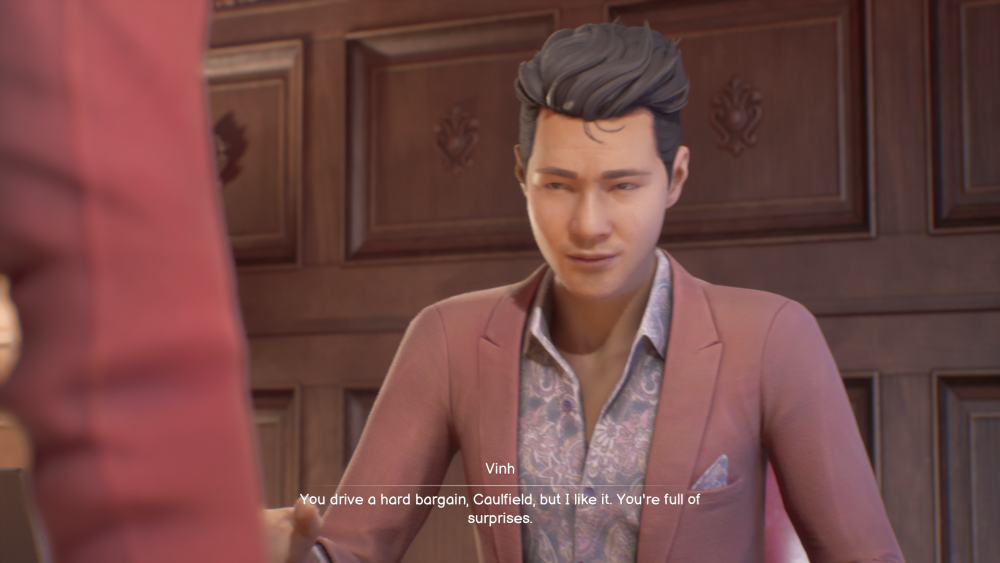
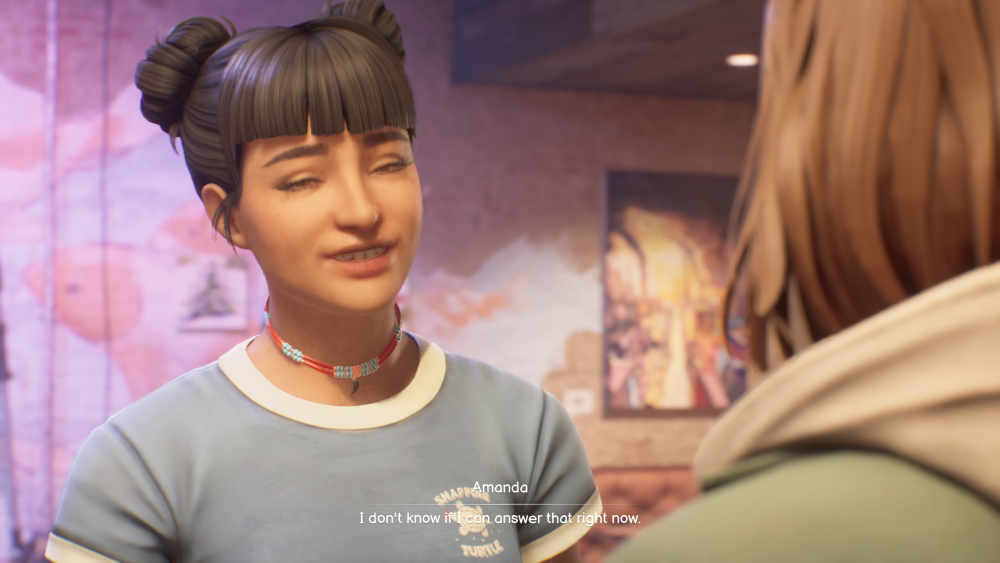
The game also at times seems like it is treading some familiar plot points from the first game. On top of the parallels between Chloe and Safi mentioned earlier, there are things such as the storm coming back and Max being put in similar situations. While Deck Nine did more than enough to keep it from being a complete rehash, one of the strengths of Life Is Strange as a series is that none of the games have really relied on what was set in another game.
There’s unfortunately a few cases where it seems like your choices really lack impact. There’s one in particular where Max has the option to help a character but it doesn’t matter if she does or not since the character gets erased from reality regardless and no matter what you do he’s not seen again and is barely even mentioned after outside a couple texts between Max and Moses. The game’s final payoff also just isn’t quite impactful which, unfortunately just seems to be something Deck Nine doesn’t handle quite as well as Don’t Nod did in both Life Is Strange 1 and 2.
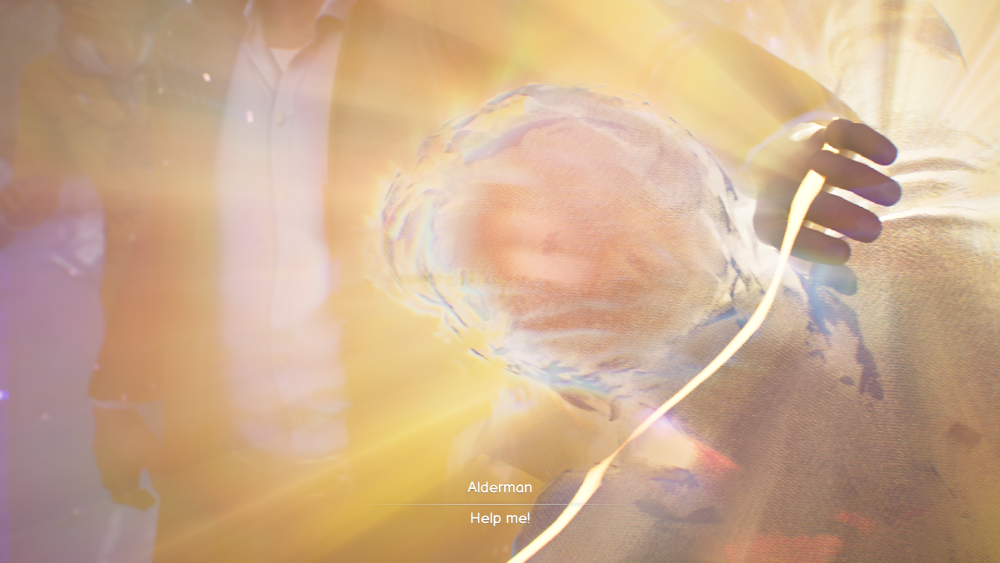
Lastly, the ending of the game does maybe have me a bit worried for the future of the franchise and where they could take it. Double Exposure relies on the supernatural elements more than any other game in the Series and the ending implies that we’ll see more of it. I just hope they don’t pull a shark jump and go full avengers since despite the supernatural, much of Life Is Strange is still quite grounded in reality.
Final thoughts
The decision to bring Max back was always going to create a tall order for Deck Nine. Despite some familiarity and a few choices not feeling impactful enough, they overall did a good job and have shown they can do the character justice. While their ending payoffs aren’t quite as good as Don’t Nod I’ve still enjoyed how they’ve handled the franchise overall and hopefully they do reign it in a bit in relying on the supernatural aspects in the future.
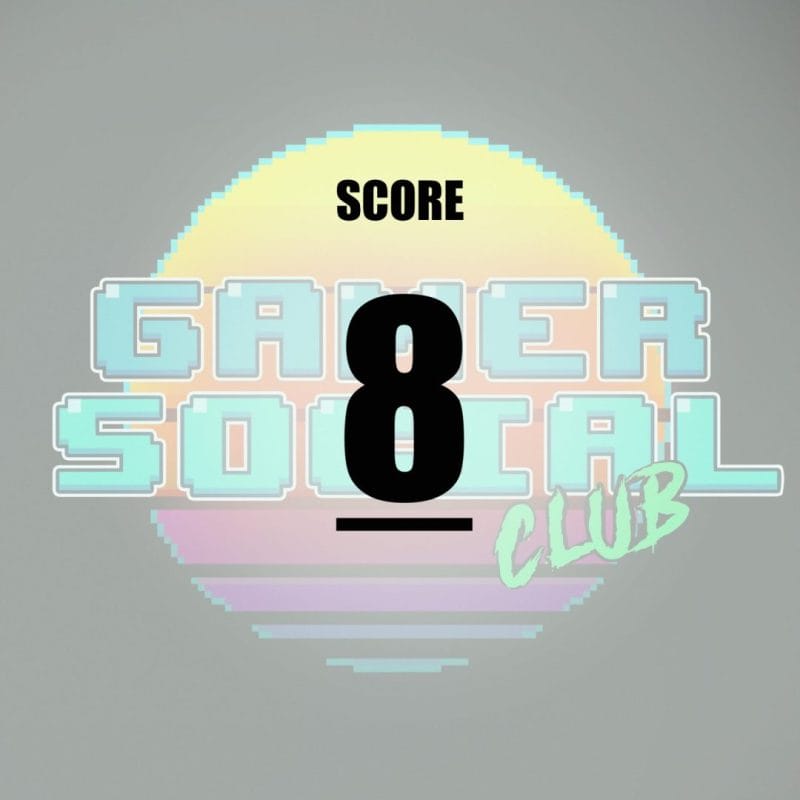
Life is Strange: Double Exposure was Reviewed on Xbox Series S. It released on 29th of October 2024 and is also available on PS5, Xbox Series X, Nintendo Switch and PC.
